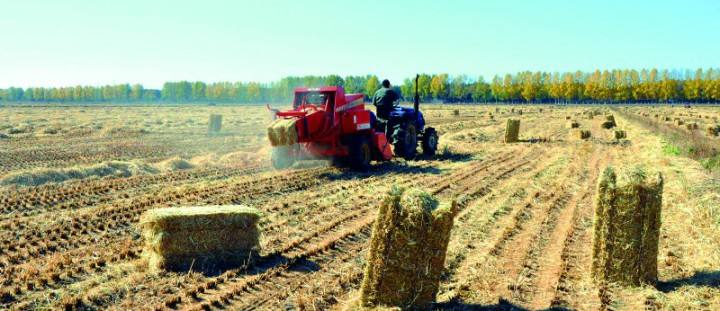First, moisture
According to the state of moisture in biomass, it can be divided into three forms.
1. External moisture
External moisture is also called physical moisture, which is the moisture attached to the surface of biomass and large pores. When the biomass is placed in the air, the external moisture will naturally evaporate until the relative humidity in the air reaches equilibrium. Biomass that loses external moisture is called air-dried biomass. The amount of external moisture in biomass is related to the environment and has nothing to do with the quality of biomass.
2. Internal moisture
Intrinsic moisture is also called adsorbed moisture. The air-dried biomass is heated at 102-105 ° C, and the moisture lost at this time is called intrinsic moisture. It exists on the internal surface of the biomass or in small capillaries. The amount of internal moisture is related to the quality of biomass. The higher the moisture in the biomass, the greater the energy consumption during thermal processing, resulting in a lower effective energy. High internal moisture is detrimental to combustion and heat plus gas production.
3. Crystal water
Crystal water is the water contained in the minerals in the biomass. This part of the water is very small. The water obtained by industrial analysis does not include crystalline water, but only external water and internal water, which are collectively referred to as the total water content of the biomass.
Second, ash
Ash refers to the solids left after all the combustible substances in the biomass are completely burned (actually it also contains some minerals in the biomass). The melting characteristics of biomass ash are important indicators for combustion and thermal processing for gasification.
Because of the presence of some mineral compounds in the biomass ash, they may play a catalytic role in the thermal processing of gas. The ash melting point has a decisive influence on the operating temperature of the hot working process. If the operating temperature exceeds the ash melting point, it may cause slagging and cause abnormal operation. Generally, the ash melting point of biomass is between 900-1050 ° C, and some may be even lower.
Volatile matter and fixed carbon
Under the condition of being isolated from the air, the biomass sample is heated at 900 ° C. for a certain time, the moisture in the obtained gas is removed, and the remaining part is the volatile matter. Volatile matter is a part of the gaseous material that is resolved by the thermal analysis of organic matter in biomass. It is expressed as a percentage of the mass of the biomass sample. The solids left after heating are detected as coke. The coke contains all the ash of the biomass sample. After removing the ash, the rest is fixed carbon. The sum of moisture, ash, volatiles, and fixed carbon mass is the mass of the biomass sample.
The main components of volatiles are hydrocarbons, carbon oxides, hydrogen and tar vapor. Volatile matter reflects many characteristics of biological matter, such as the heating value of biomass, tar yield and so on.



